Skateboard chassis technology is revolutionizing the development process and business models in the electric vehicle sector. This article conducts a systematic benchmark analysis of the skateboard chassis integration solutions from leading companies such as Canoo, Rivian, REE, and Arrival, exploring their design philosophies, technical details, market applications, and industry challenges.
1. Canoo's Skateboard Chassis Technology: Standardized Platform and Rapid Vehicle Iteration
Canoo, a relatively new company, features a skateboard chassis technology that emphasizes 'standardized chassis at its core and rapid derivation of multiple models'. This approach showcases a unique technical path and application value in the industry.
(a) Core Design Philosophy: Decoupling Vehicle Body and Rigid Connection
Canoo employs a design concept of 'decoupling the vehicle body and rigid connection', creating a highly standardized skateboard chassis that enables the rapid development of various vehicle types. The chassis integrates critical components such as the battery system and steer-by-wire technology, forming a complete functional unit. In terms of development efficiency, Canoo completed the R&D of its standard chassis in just three years and subsequently developed three models—MPV, coupe, and pickup—within a year and a half, confirming the efficiency of this model in small-batch, diversified vehicle development compared to traditional body-on-frame approaches.
(b) Multi-Vehicle Adaptation and Application Scenario Expansion
Based on the standardized chassis, Canoo has achieved a vehicle development model where 'the chassis remains unchanged, while the upper structure varies flexibly'. Besides the tested MPV (named 'lifestyle'), it has also developed coupe and pickup models, currently providing customized vehicles to clients like Walmart and the United States Postal Service. This model effectively avoids the challenges of traditional body-on-frame designs regarding tire size adaptation, allowing for flexible tire compatibility through lightweight body design without the need to change molds or production processes.
2. Rivian's Skateboard Chassis Technology: Balancing Performance and Space
Rivian's skateboard chassis technology shares some technical origins with Canoo, utilizing a rigid connection design but showcasing differentiated characteristics in suspension layout, space utilization, and application scenarios, focusing more on high-performance vehicle development.
(a) Suspension Design and Space Optimization
Rivian's chassis adopts a 'front high double wishbone suspension + rear five-link independent suspension' configuration, typical of high-performance passenger vehicle designs. The rear five-link suspension, inspired by the design of the Ford Expedition, achieves significant breakthroughs in space utilization.
(b) Battery System and Power Configuration
Rivian's battery system is based on 21700 cells and employs a 'sandwich' structure design that improves cooling efficiency. The battery pack's outer shell is made of lightweight carbon fiber material, ensuring collision safety while maintaining low weight. Offering various battery capacities, Rivian's electric vehicles can achieve impressive ranges, with a maximum EPA range of 640 km.
3. REE and Arrival's Skateboard Chassis Technology Characteristics
REE and Arrival exhibit unique technical paths, although their application scenarios differ significantly from Canoo and Rivian.
(a) REE's Technical Overview
REE's skateboard chassis uses a wheel hub motor design, offering advantages in drive force and cooling performance. However, its high cost and compliance challenges limit its applications to specific low-speed scenarios.
(b) Arrival's Technical Overview
Arrival's skateboard chassis technology is similar to the production process of domestic buses, focusing on a framework structure that differs significantly from traditional passenger and commercial vehicles. Their vehicles have completed durability testing and are currently operational.
4. Common Features of Skateboard Chassis Technology and Industry Trends
(a) Technical Commonalities
The skateboard chassis technology exhibits common features, such as a shift towards rigid connections between the body and chassis, enhancing structural integrity and performance.
(b) Industry Development Trends
There are three major trends in skateboard chassis technology: chassis flattening for improved space utilization, electrification upgrades enhancing vehicle performance, and self-sufficient development of core components to increase integration.
5. Advantages of Domestic Skateboard Chassis Development
Compared to foreign enterprises, domestic companies have significant advantages in skateboard chassis development, including a mature supply chain, diverse application scenarios, and strong cost control capabilities. Companies like CATL are already exploring skateboard chassis technology, aiming for breakthroughs in standardization, lightweight design, and high integration.
The future of skateboard chassis technology will focus on improvements in electric control and space optimization, shifting the paradigm of automotive manufacturing from a mechanical to an electric control-driven approach.
Skateboard Chassis Technology: A Disruptive Innovation in Electric Vehicles
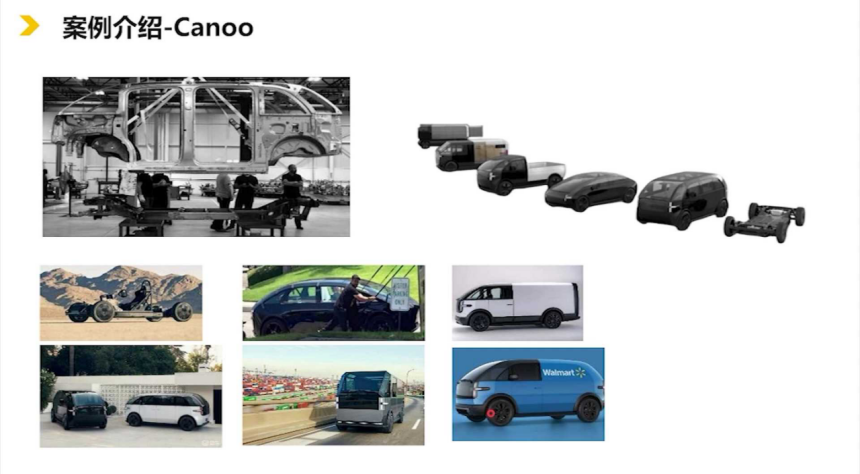
Images
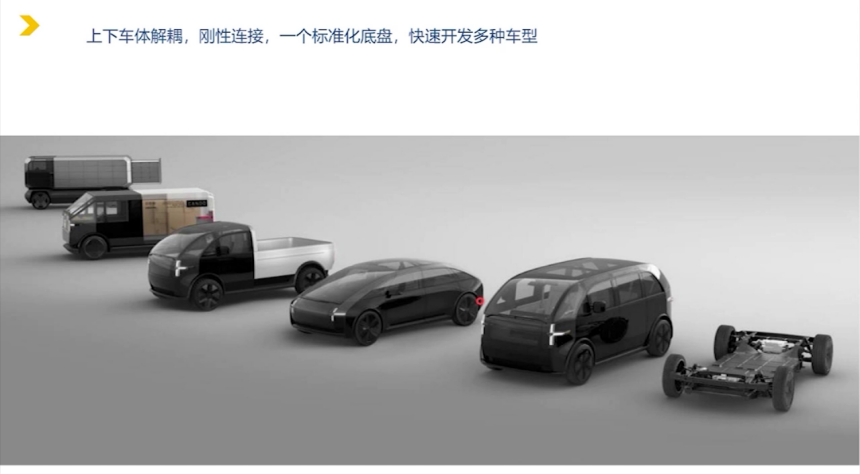
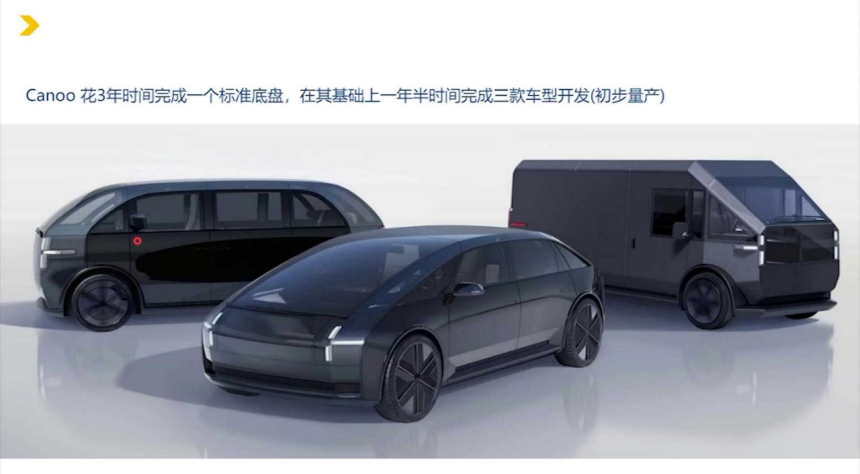
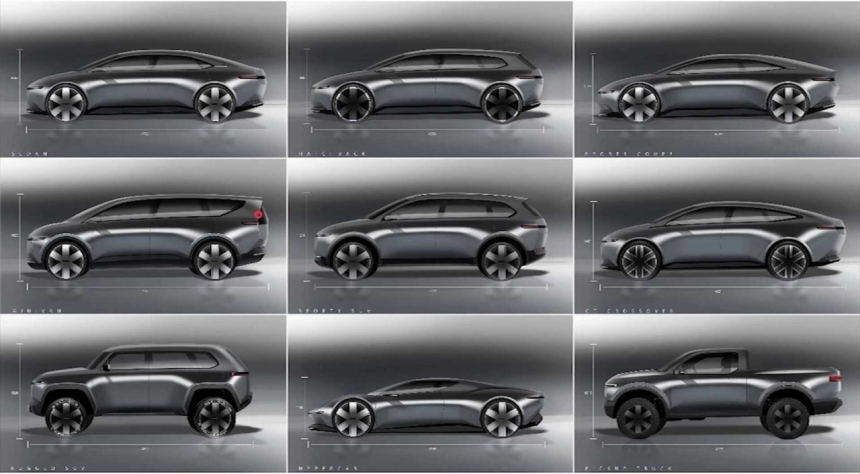
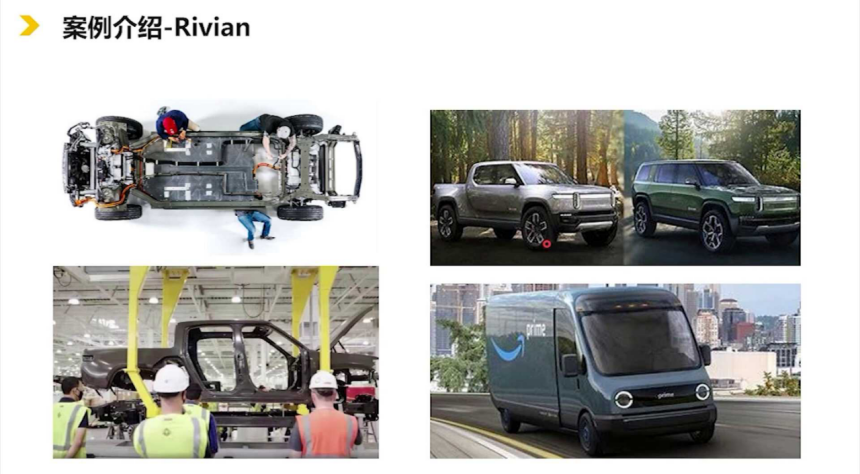
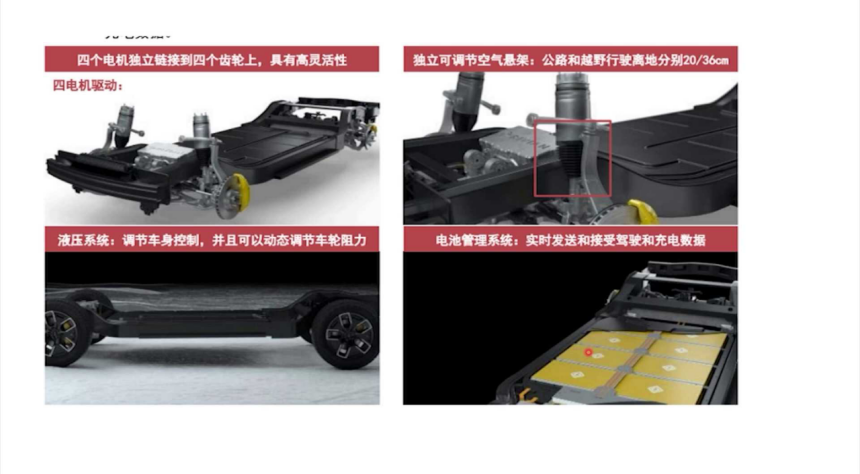
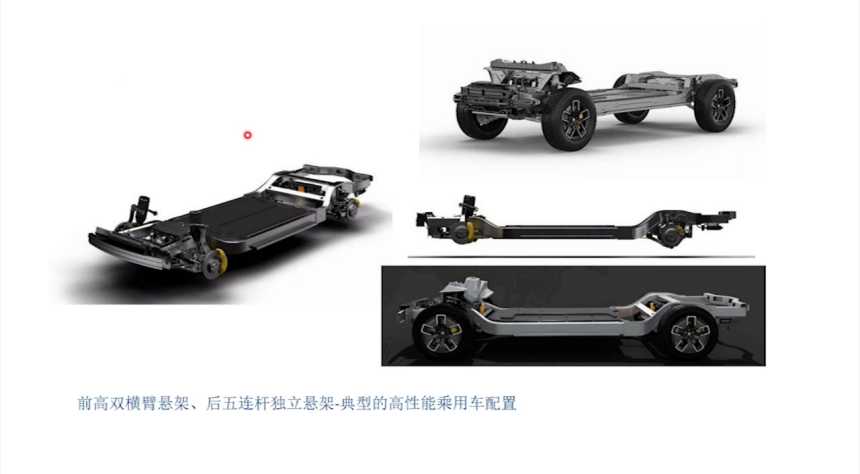
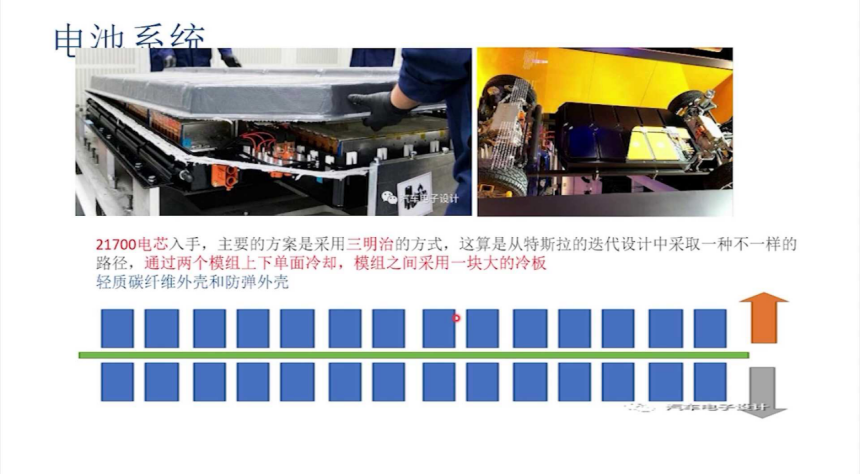
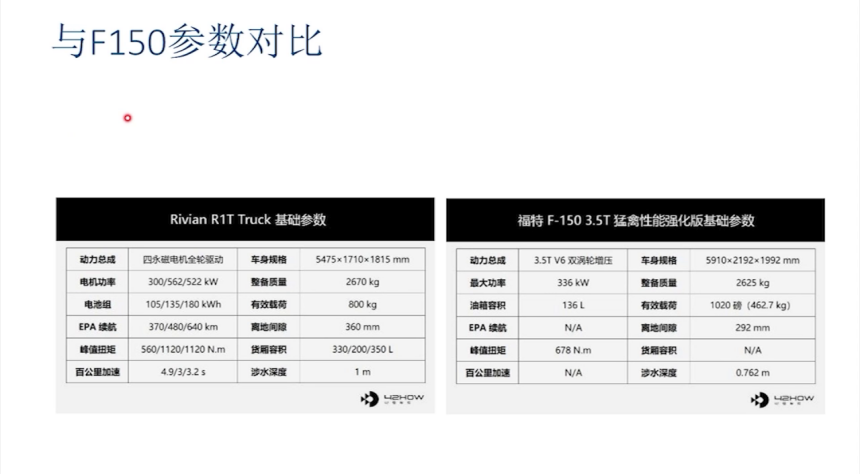
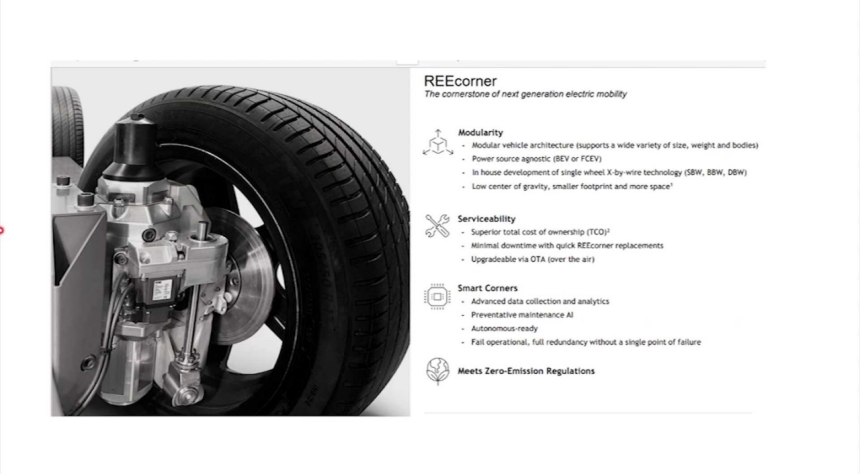

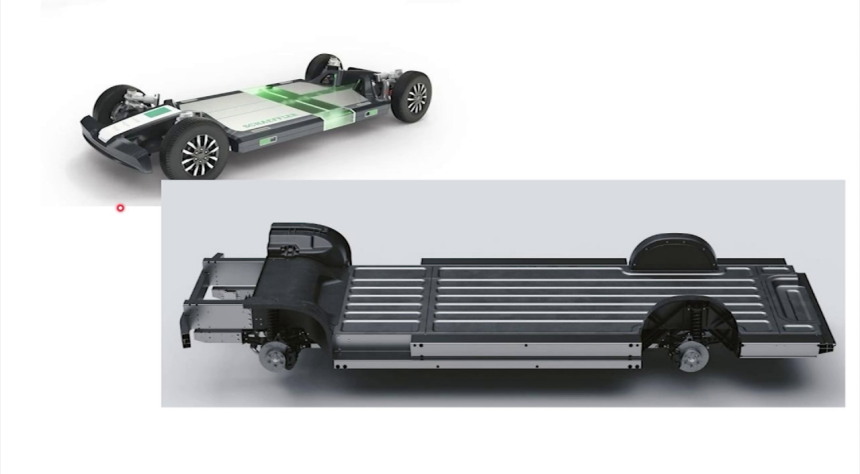
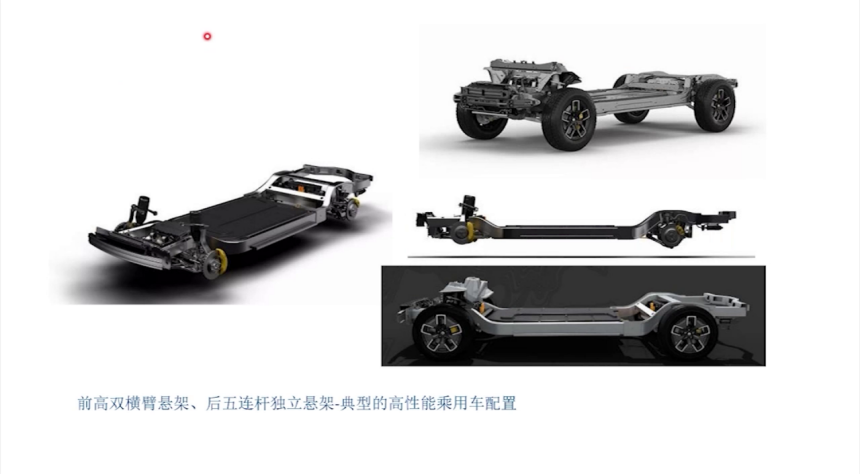
Share this post on: